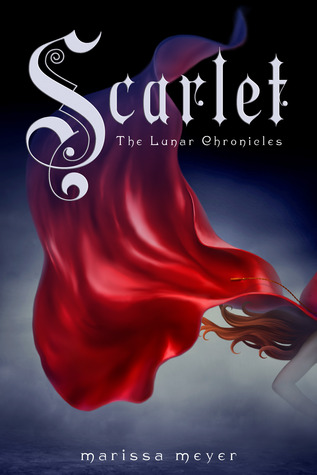This is probably not what you come to a book blog to read about, but.
So you may remember how, just a few weeks ago, I was shuffling between multiple countries and planning for a great backpacking expedition. You may remember coming across a post introducing my new travel blog, and basically just a whole bunch of references about exciting plans I had to spend several months to a year traveling and living out of my backpack.
As of last week, I am back at my parents' house in New Jersey.
What happened?
-
There is no easy way for me to write this.
One day earlier this month, I woke up in a hostel in Beijing and knew that I was sad, that I had been sad for a while. There had been days of gray skies and rain, and days of Beijing traffic and crowds, of sticky sweat that left flakes of darkness on my skin when I scratched at it. Traveling no longer felt shiny and exciting, but rather like something that I had go through the motions of doing.
My sadness isn't something that comes and goes. It has always hovered, unblinking and unfazed, in the dark section of the entranceway to my mind. It's a sadmonsterdog that doesn't need any particular kind of nourishment and follows me around wherever I go. When the sun is shining brightly enough and casts that corner into enough shadow, I can pretend that my sadness isn't there, that the light and life are enough to make me a normal, un-sad person. But if the sun is not out in full force, then I have to look into the void of this sad-thing that threatens to crush me with its need whenever it gets the chance.
-
Here's what traveling is like when you're sad:
You wake up. You have three things on your itinerary for the day, but with the sky the silver of empty colors and the sun nowhere in sight, you know you don't have the energy and pare it down to two. You go to your first destination. The crowds are thick and loud. It's hot. Umbrellas threaten to snag in your hair and rip the strands out. It's hot. You're thirsty and there are always people in your photos and the color quality in them sucks anyway because everything's so gray and you just give up on seeing the site as well as the rest of your itinerary and go back to your hostel and curl up in bed with your computer, hating yourself.
-
Here's what blogging is like when you're sad:
You have IDEAS and WORDS running together in your head, and a blank screen and a blinking cursor before you. But between your head and the screen is a chorus of faceless voices, crying mocking questions that pierce your well-worn armor.
"Do you think that anything you write now is going to compare to what you wrote back when people actually
read your blog, y'know, back when you actually
posted things?"
"You are four months behind on reciprocating comments. Way to go with following blogging etiquette. Why can't you do anything right?"
"Wow, your reviews suck now. Just...don't. Stop trying. Stop trying to pretend you're good at it."
As more voices join in, the distance between you and your goal seems to stretch on and on and on, like a demented piece of Laffy Taffy. So instead, you close the lid of your laptop and put your head down on it and try to stop thinking anymore.
-
Here's what writing is like when you're sad:
You don't.
-
I don't need an official, clinical diagnosis to know what's wrong with me. I don't even want to write the word, I have such mixed feelings over it. The word, to me, has been perverted into a playground insult hurled by ignorant children or, worse, idiotic adults. When others casually use the word to describe how they feel when they don't get their first-choice iPhone color or their local bar doesn't have their favorite imported beer in stock, why would I want to use it to try and describe the blankness that causes me to spend hours at a time lying on the floor of my room, the black mirror that reflects back to me something so dark and twisted and vivid that I'm not sure if I'm looking at a reflection or if
I am the substanceless reflection?
What good does it do for me to be all, "Yup, that's what I have, that's what I am" when it doesn't change the way I've felt since I was a freshman in high school? When it won't make a difference, because you've used the word before, and even after talking to People and the threat of medications, you're still afraid that your sadness is an inherent character defect, a birthmark that just won't go away because, well, it's not meant to?
-
I had limped through two Chinese cities and half a dozen hostels over the course of two weeks with the same kind of listlessness dragging down my awareness before I realized that to continue traveling when I felt this way was a complete and utter waste of everything. So I looked up plane tickets.
And now I'm here.
I've been trying to get back to what counts for me as normalcy. The process involves lying on my bed, sometimes sleeping, sometimes not. It involves motivating myself to force down unappetizing sustenance at set intervals throughout the day. Avoiding writing, responsibility, and writing-related responsibility, because the words that come out don't sound like me, and little sucks more than to not be able to express myself the way I want to. Playing the piano for hours, when I need more things that don't use words. Walking. Reading old journals and cry-laughing over how silly some parts sound, and how some things have not changed at all.
There are okay days, and then there are days where it's really not.
-
I just thought you should know.
-
I don't really know how to end this post.
 Shadowfell, Book 2
Shadowfell, Book 2


